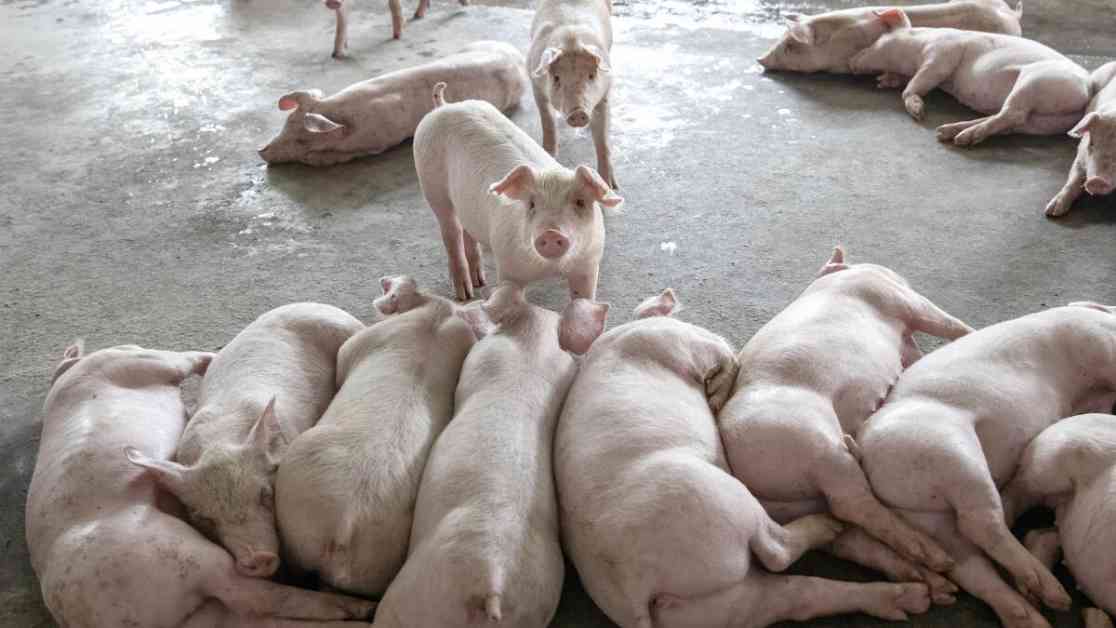State and federal officials in Oregon have confirmed that H5N1 bird flu has been found in a pig in Crook County, marking the first swine infection in the current outbreak. This strain of the virus, known as D1, is different from the B3.13 strain that has been affecting dairy cows in California and other states. Both strains are H5N1 but have followed slightly different evolutionary paths, as seen in their genetic sequences. This discovery is a significant concern for scientists, as pigs are known to be efficient influenza mixing bowls, making them susceptible to both avian and human flu viruses. This can potentially lead to the exchange of genetic materials between different viruses, posing a greater threat to humans.
Rick Bright, a virologist, emphasized the importance of swift and transparent action by federal authorities to address this development. He stressed the need for immediate removal of the virus from farms, increased surveillance, and planning for a larger response to prevent the spread of the virus. John Korslund, a retired USDA veterinarian epidemiologist, noted that the infected pig was one of five on a small farm in Oregon. The pigs were tested and euthanized, with results pending for the other pigs. Federal officials reported low viral levels in the samples, indicating that close contact, such as shared water, may be required for transmission.
The farm in Oregon where the infected pigs were found is not a commercial operation, and the animals were not intended for commercial food production. Therefore, there is no concern about the safety of the nation’s pork supply. The farm was previously under quarantine after 70 infected “backyard birds” tested positive for H5N1. These birds had the D1 version of the virus, likely contracted from wild birds moving down the Pacific Flyway.
In recent weeks, outbreaks of H5N1 have been reported in commercial and backyard flocks in British Columbia, Washington, Oregon, and California. Scientists are frustrated by the lack of genetic sequencing data on some of these outbreaks, which complicates efforts to track and contain the virus. The presence of a new strain of H5N1 in the mix poses additional challenges, as the virus continues to circulate through migratory bird populations.
The situation is further complicated by the interconnected nature of the virus, which has been found in various animal species and environments. Maurice Pitesky, an associate professor at UC Davis, highlighted the complexity of the situation, noting that the virus has been detected in urban wastewater, wild mammals, dairy cows, songbirds, waterfowl, shorebirds, and marine mammals. This widespread presence of the virus at different levels poses unprecedented challenges for containment and control efforts.
As the H5N1 outbreak continues to evolve and spread, researchers and health officials are working tirelessly to monitor and respond to new developments. The interconnected nature of the virus underscores the importance of proactive measures to prevent further transmission and protect public health. The situation in Oregon serves as a reminder of the need for vigilance and cooperation in addressing emerging infectious diseases.



























